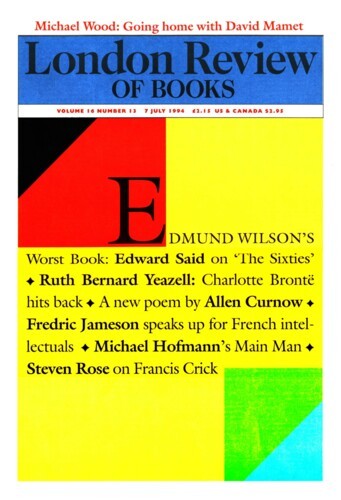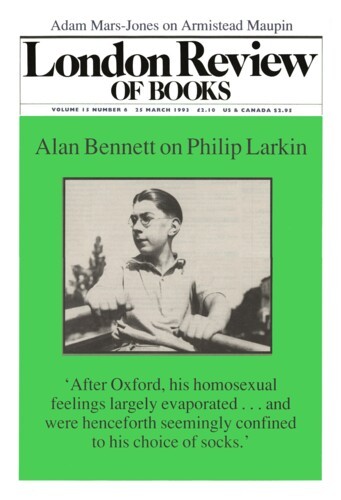Sans Sunflowers
David Solkin, 7 July 1994
The tremors of political unrest that rocked so many universities on both sides of the Atlantic during the late Sixties and early Seventies had important repercussions in many of the humanities and social sciences; but no discipline was more profoundly shaken than the history of art. Throughout the postwar era, the vast majority of art historians had championed the canonical achievements of European visual high culture: in the wake of the events of 1968 they suddenly awoke to find themselves accused of complicity in the hegemonic operations of an oppressive structure of power. Once among the cosiest and most genteel of subjects, academic art history entered on a period of protracted and divisive confrontation.


